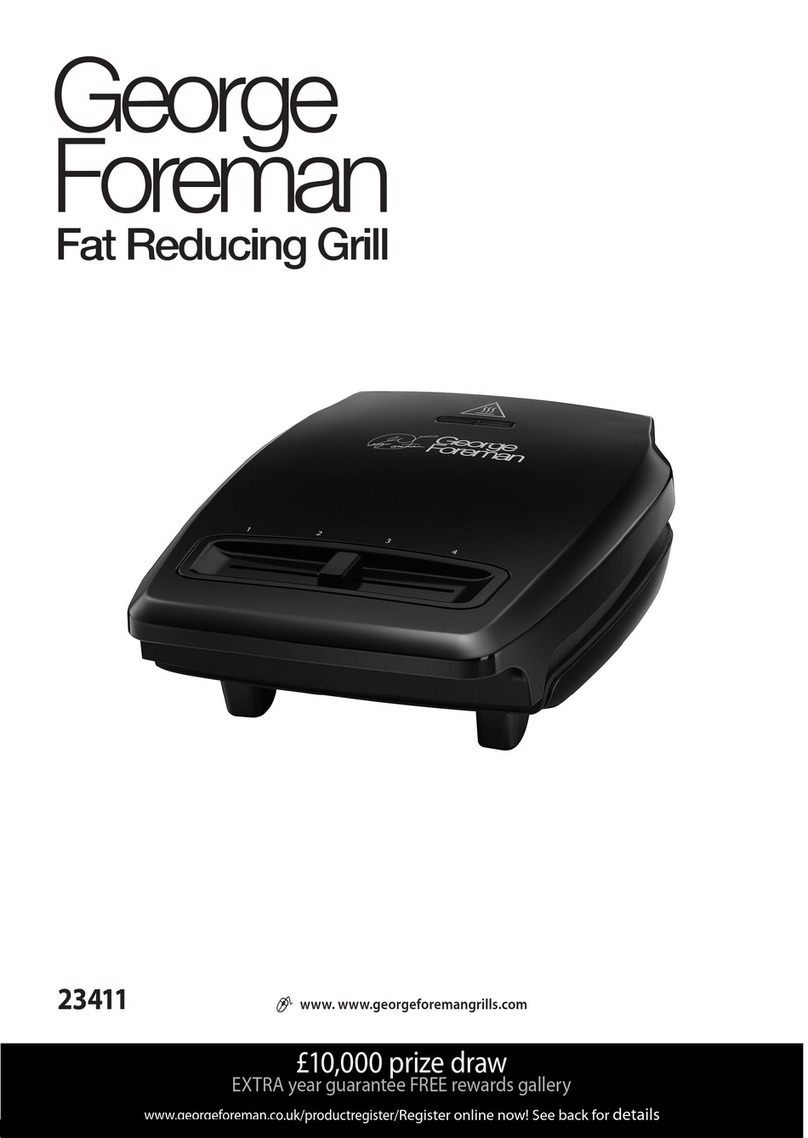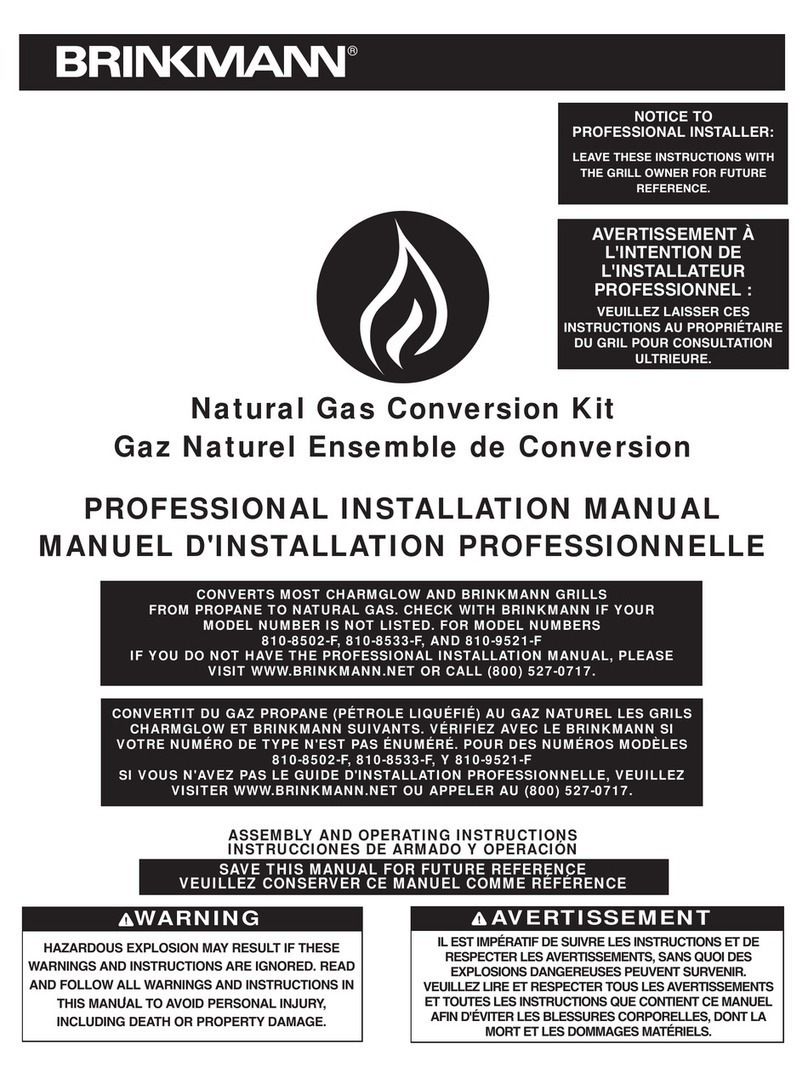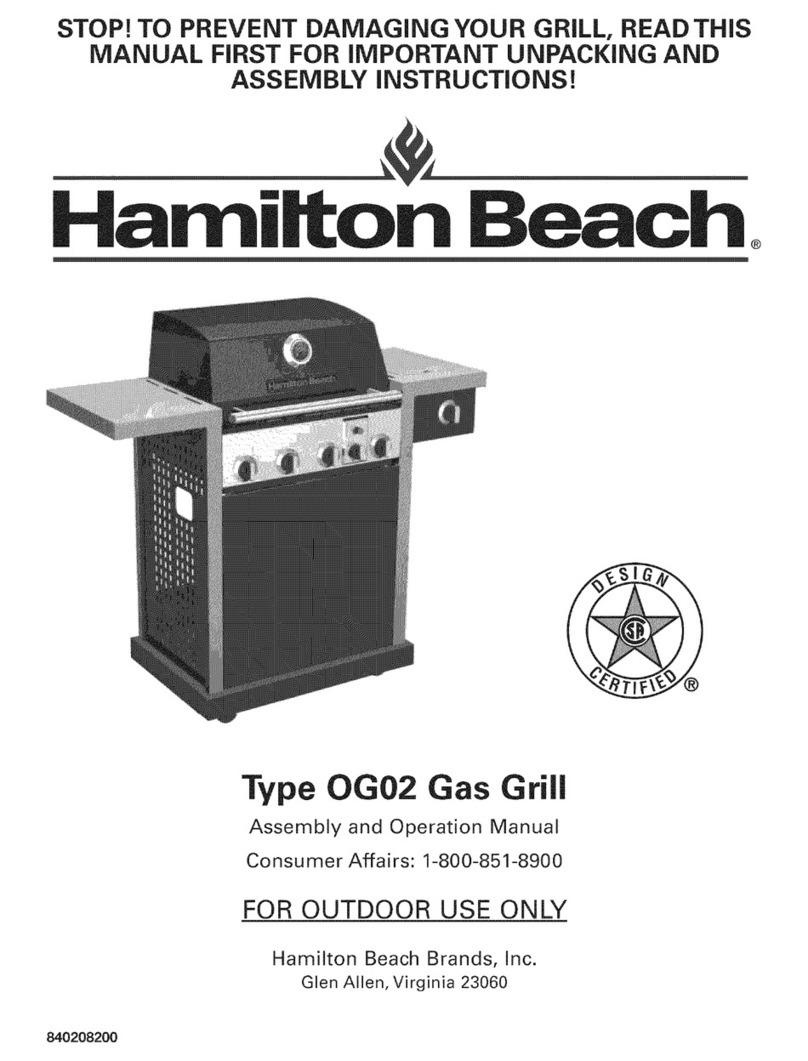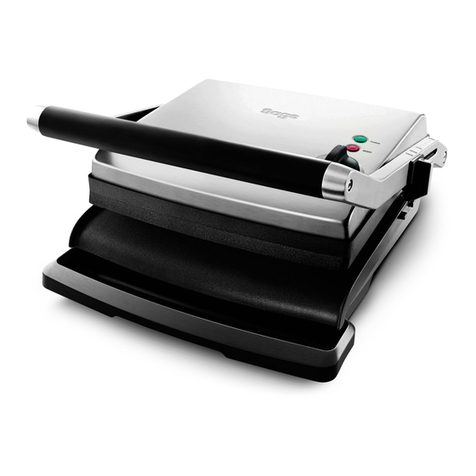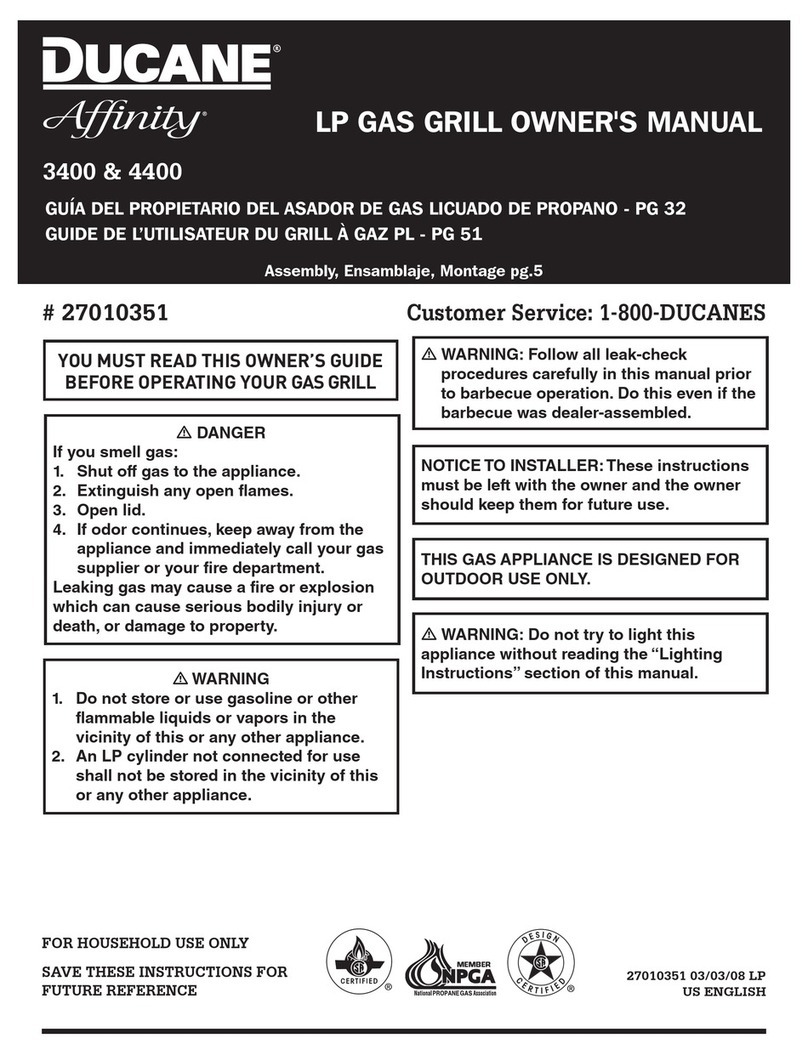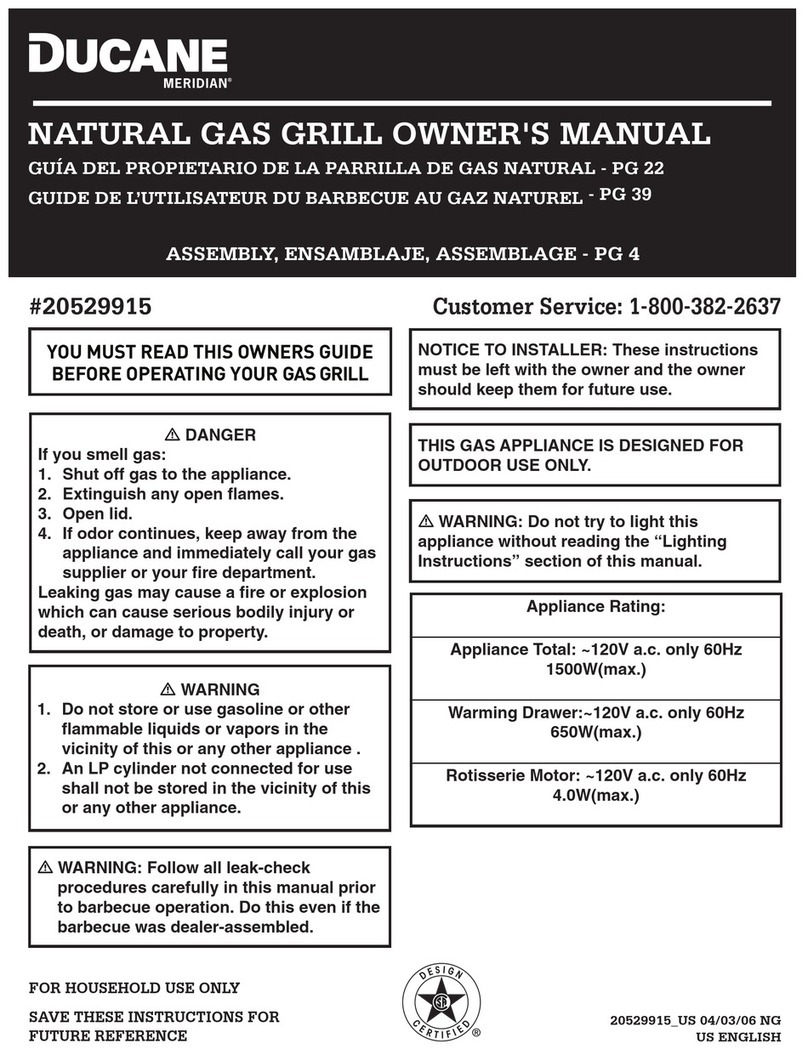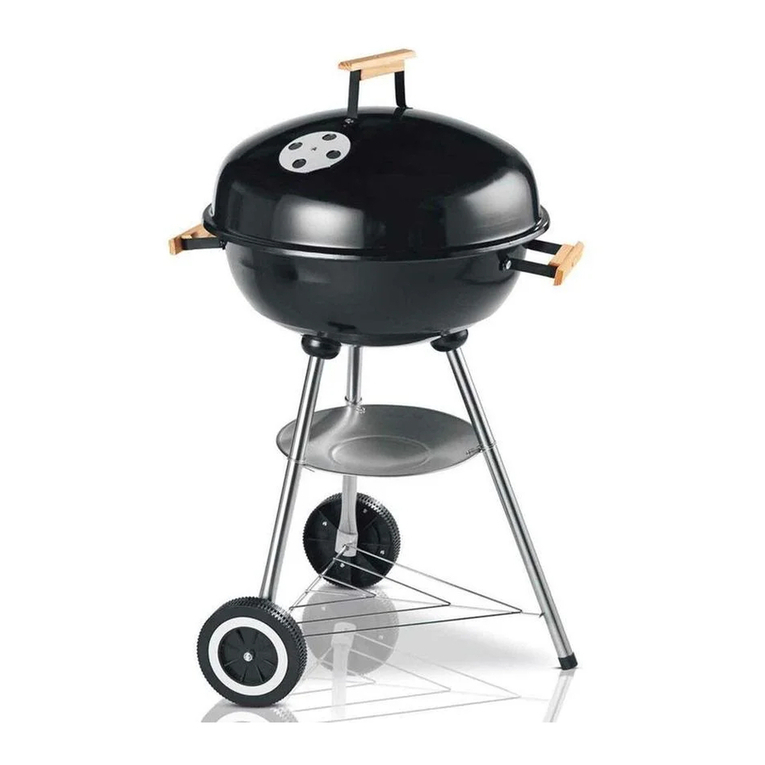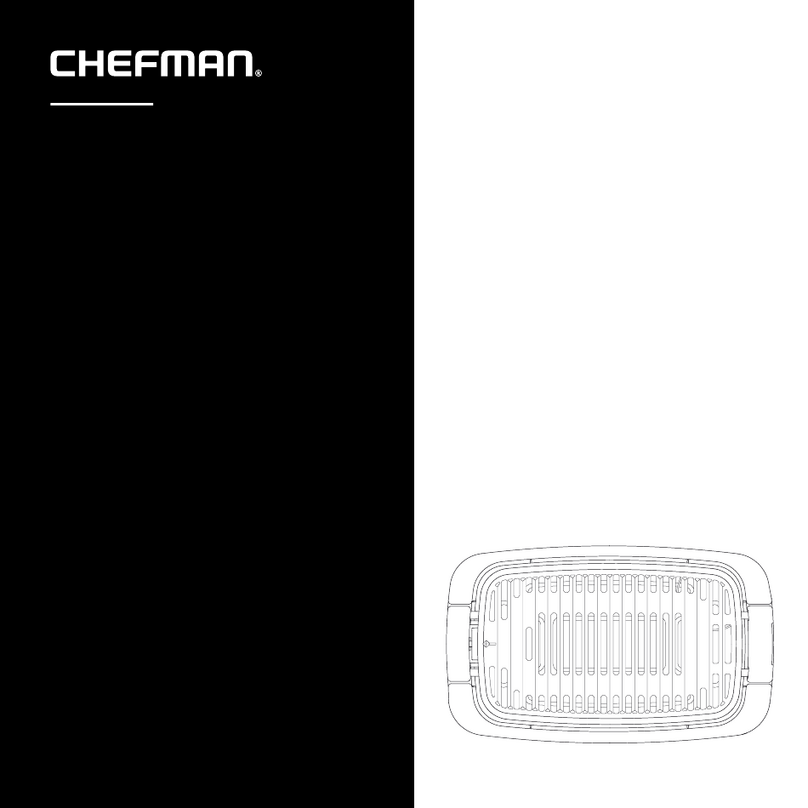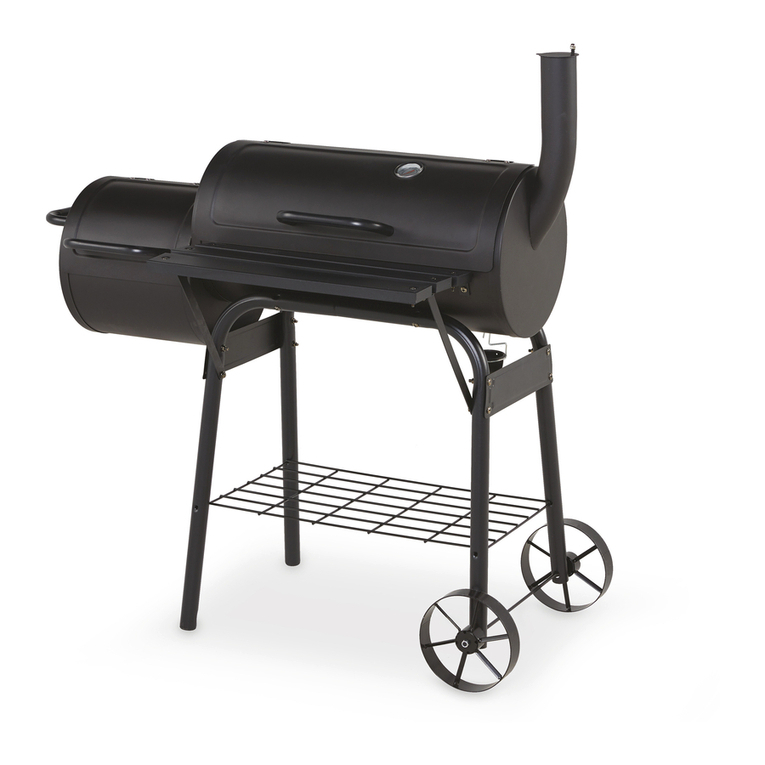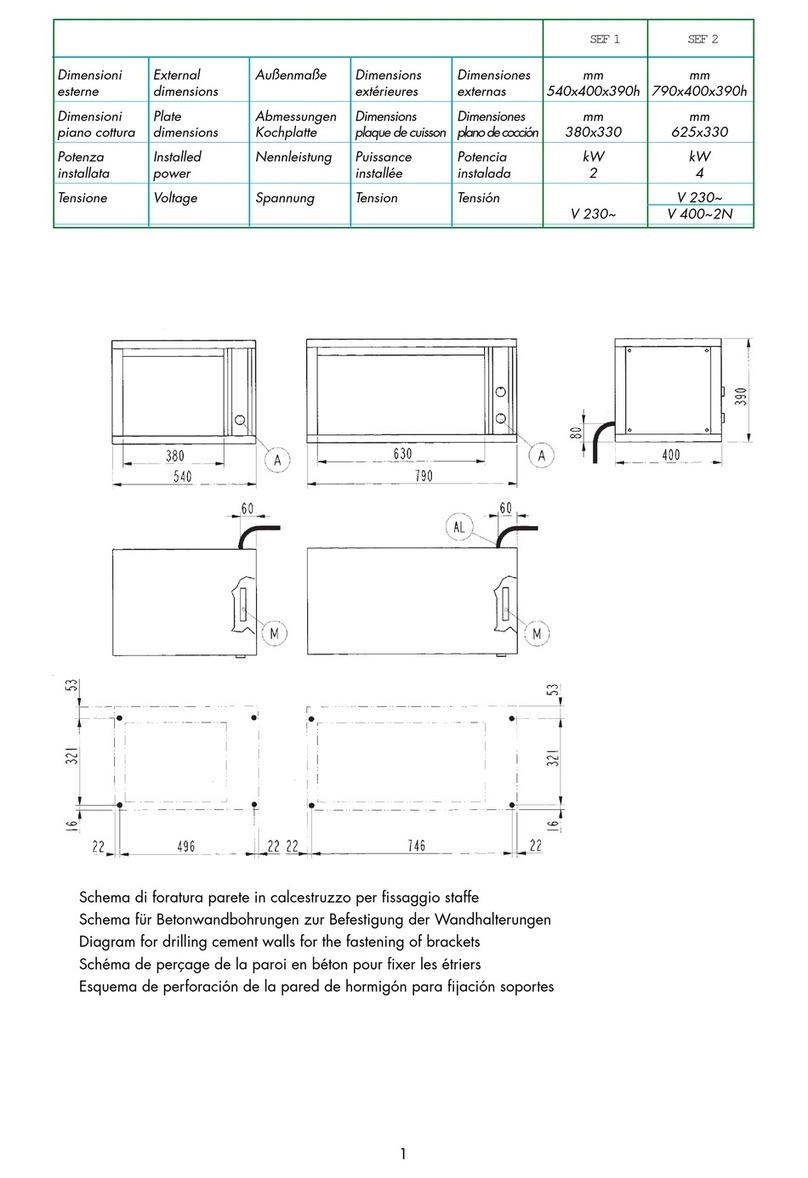
Connecting to the distribution network
Before you install the appliance, make
sure that the gas supp
lier company has
authorised the installation,
subsequently compare the appliance
data (data plate) with the local supply.
Remove the appliance packaging as well as the protective plastic
sheet. If necessary, remove any glue with a suitable solvent. For
information on disposing of the packaging, please consult the
local regulations in force (for more details, please refer to the
chapter “ECOLOGY AND THE ENVIRONMENT”. Prior to connecting
the unit to the gas network, check the data plate to see if the unit
has been set and tested for the type of gas available. If the gas
type indicated on the data plate is not the same as that supplied,
please refer to the section “CONVERSION AND ADAPTATION”.
Connect the appliance to the gas distribution network using
metal pipes with a suitable diameter and interposing an
approved shut-off valve. Flexible pipes can be used, provided that
they are made of stainless steel in compliance with the
regulations in force. When installing the appliance, all the
regulations in force must be observed such as
Safety standards.
Regional and/or local regulations such as building regulations.
Accident-prevention regulations in force.
Fire-prevention regulations.
Applicable IEC regulations (only in Italy).
We recommend installing the appliance in a well-ventilated
environment, or under an extractor hood in order to remove the
fumes or steam produced during cooking. The appliance has an
equipotential earth terminal at the back “ ” (fig.1). The appliance
can be installed as a standalone unit or in combination with other
appliances. Keep a minimum distance of 80 mm between the
appliance and any walls made of flammable material, partitions,
kitchen furniture or adjacent equipment. The adjacent surfaces
must be covered with non-combustible heat-insulating material.
Once the appliance is installed, check the seal of the fittings. To
detect any leaks, use non-corrosive foam-based products such as
a leak-detection spray.
Do not use naked flames during the leak test.
The manufacturer is not responsible for damage resulting from failure to comply with the
installation and use instructions or improper use. Moreover, the manufacturer is not
responsible for connections made that do not comply with the regulations in force and fire-
prevention provisions.
Evacuating unburned gases
This appliance belongs to construction type classification A1, therefore connection to a flue is not necessary.
Checking the pressure
The mains pressure must comply with the
values reported in the nozzle table
according to the type of gas supplied.
shown above, please inform your utility company. Do not start up
the appliance until the cause has been found and the problem
solved.
The distribution network pressure can be taken using a U-tube
manometer (min. value 0.1 mbar), connected to the pressure
outlet at the base of the appliance “P” (fig.6).
1. Remove the screw and sealing washer “Y” (fig.6) from the
pressure outlet and connect the manometer.
2. Turn the appliance on following the enclosed instructions
and check that the pressure is within the permitted pressure
range.
3. Disconnect the manometer and replace the screw “Y” (fig.6)
and the sealing washer in the pressure outlet.










